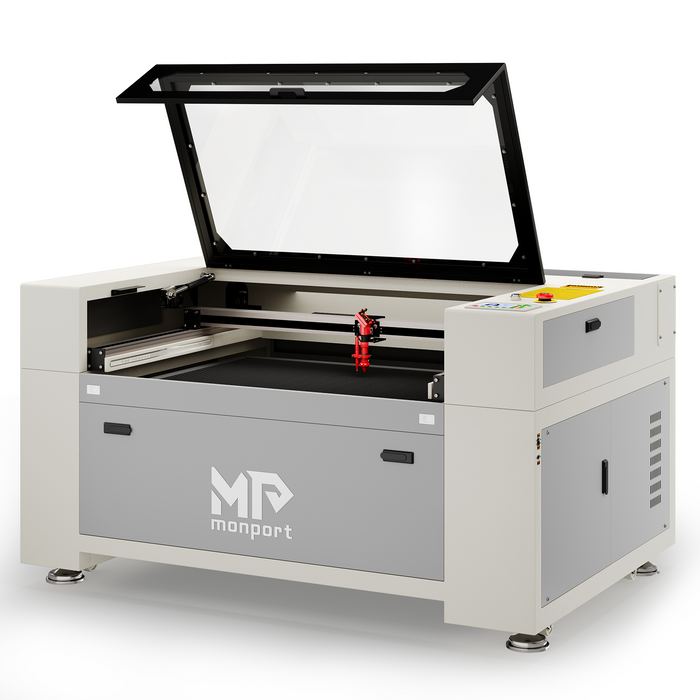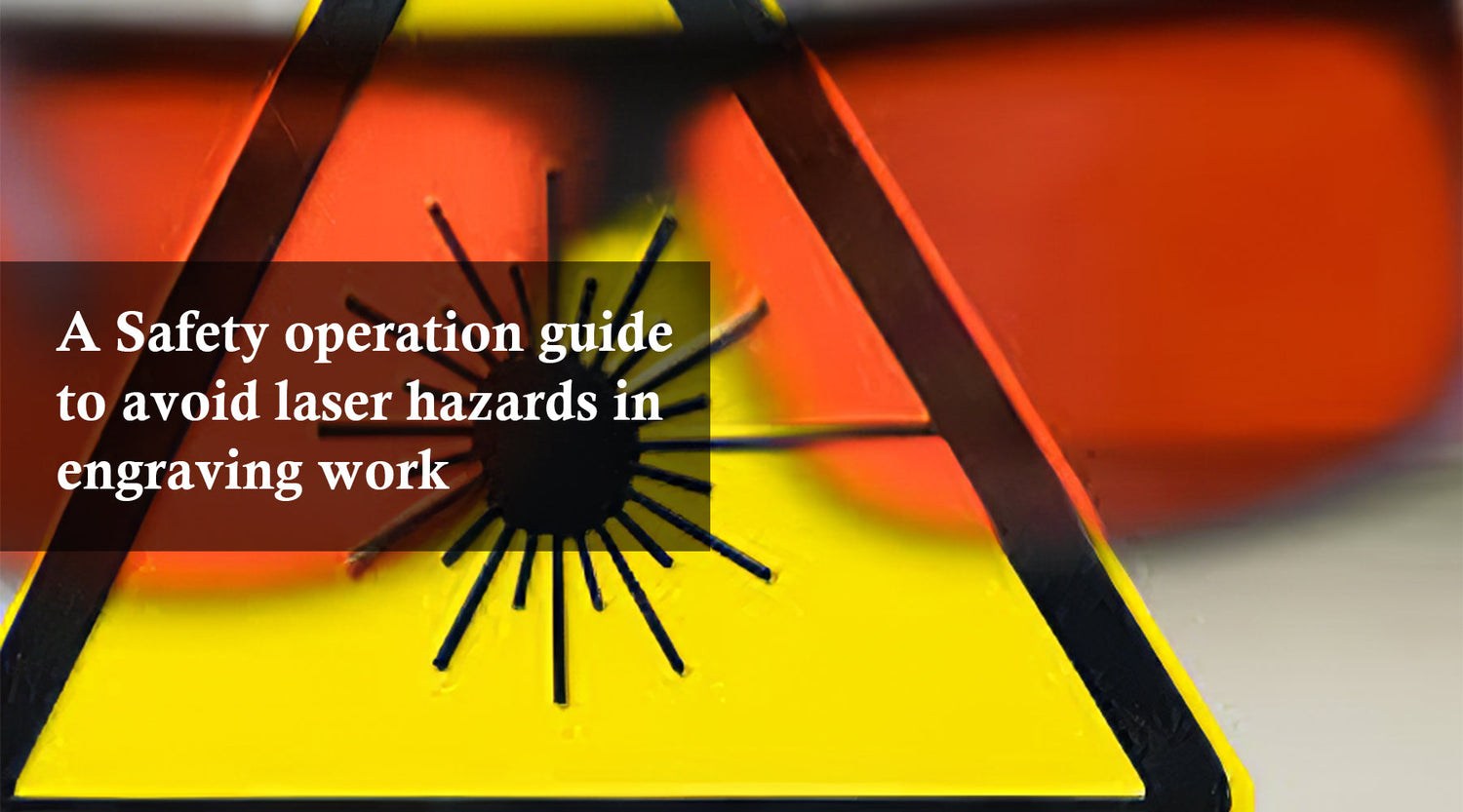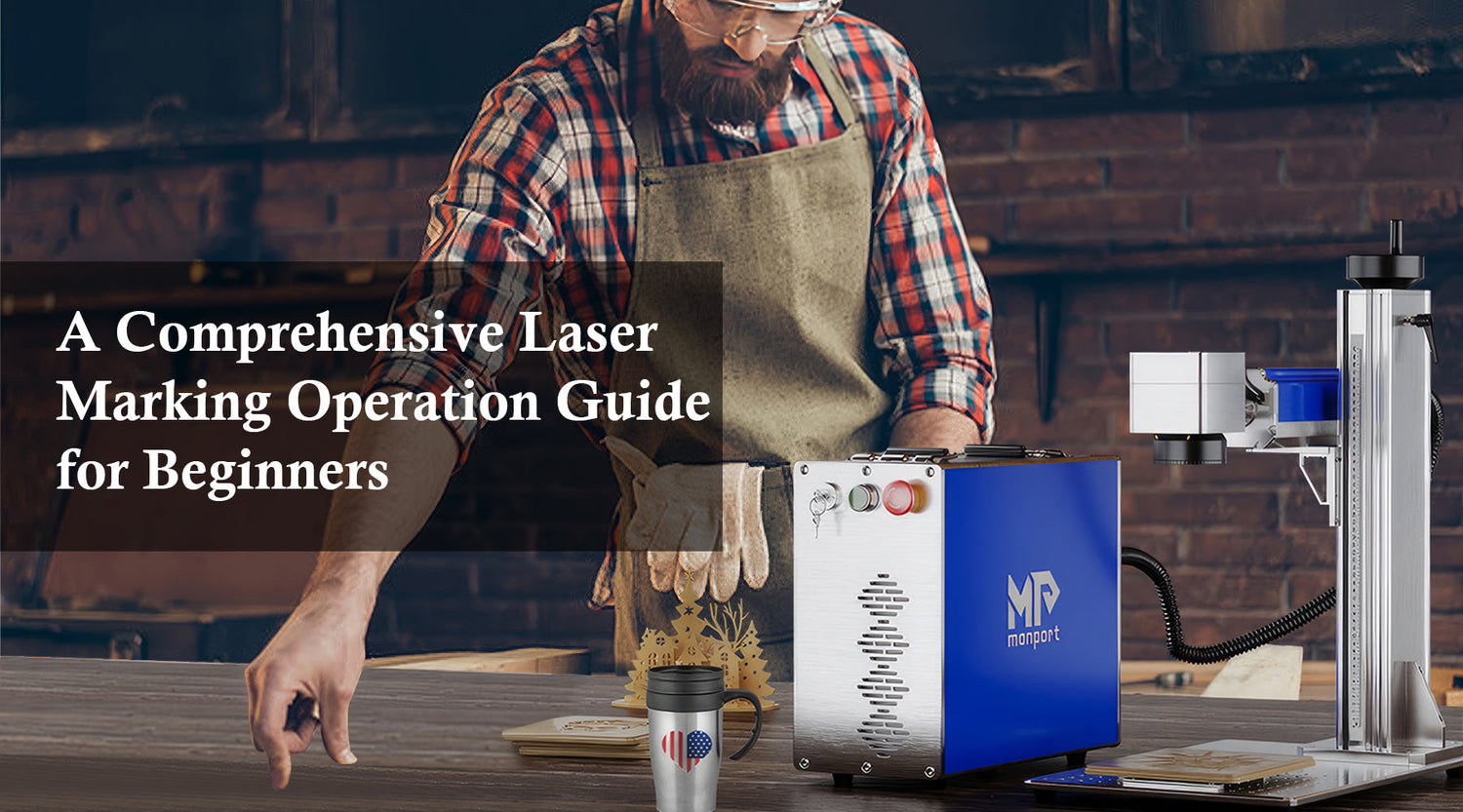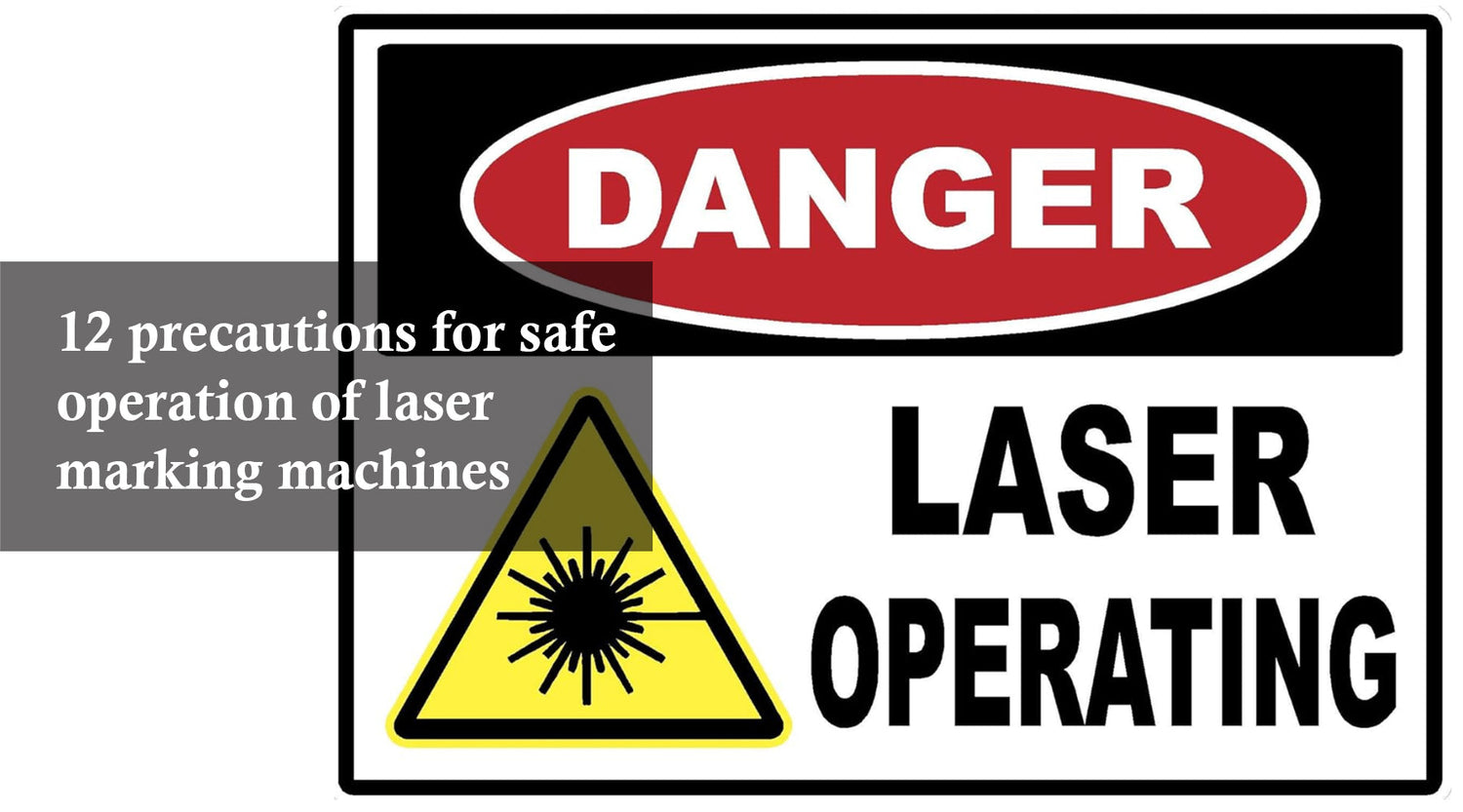Introduction
Carbon dioxide (CO2) engraving machines are commonly used for precision engraving and cutting, and are widely used in advertising production, crafts production and other fields. However, improper operation or neglect of safety measures when using a good laser cutter machine can lead to fire hazards.
Always follow proper laser safety protocols and ensure your workspace is clear of flammable materials to prevent accidents and ensure safe operation.
This article will describe how to effectively prevent a laser engraving system's engrave-related fire in the laser hazards when using a laser cutting machine.

Can a CO2 Laser Engraver catch fire?
Yes, a CO2 laser engraver can potentially cause a fire if not operated or maintained properly. Here are a few reasons why:
-
Material Ignition:
Some materials, especially those like wood, paper, or certain plastics, are highly flammable when exposed to intense laser heat. If the laser cutting machine or good laser safety protocols are not followed, materials can catch fire during engraving.
- Incorrect Settings: Using incorrect laser settings, such as too high a power or too slow a speed, can generate excessive heat that may ignite materials, causing a fire in the laser situation.
- Residue Build-up: Over time, residue from engraving can accumulate on the machine's components, such as the laser lens or ventilation system. If not cleaned regularly, this build-up can become a fire in laser hazard.
- Electrical Issues: Like any electrical equipment, a good laser cutter can pose a fire in laser risk if there are faulty components, improper wiring, or if it overheats due to prolonged use.
To minimize the risk of fire, it is vital to follow the manufacturer's operating and maintenance guidelines. Below we detail the laser safety precautions you should take when operating your laser cutting machine.

How can you reduce the risk of fire during your laser cut?
- Regular Equipment Inspection
-
- Electrical Wiring and Connections: Ensure all wires and connectors are free from wear or exposure to prevent short circuits and electrical fires in the laser.
- Cooling Systems: Check that the cooling systems are operating correctly, especially for water-cooling systems to detect leaks or blockages.
- Laser Tube: Regularly inspect the laser tube for cracks or other damage, as a damaged tube can lead to fires.
- Lens Cleaning: Maintain cleanliness of optical lenses to prevent laser deviation caused by dirt, which increases the risk of fire.
- Keep Workspace Clean
- Remove Combustible Materials: Keep the area around the laser engrave machine clean to ensure there are no paper scraps, sawdust, or other flammable materials.
- Clean Ash Residue: Regularly clean out ash and dust from inside the equipment to reduce fire hazards.
- Monitor Equipment Operation
- Surveillance Cameras: Install surveillance cameras near the engraver to monitor its operation in real-time and promptly detect potential fire hazards.
- Proper Operation
- Operator Training: Ensure all operators undergo professional training on safe equipment operation procedures and emergency protocols.
- Follow Operating Manuals: Strictly adhere to the equipment's operating manual and avoid unauthorized modifications.
- Record Inspections: Establish records for equipment checks and maintenance to ensure all operations and inspections are conducted as scheduled.
- Install Firefighting Equipment
-
- Fire Extinguisher Provision: Equip the workspace with suitable fire extinguishers such as CO2 or dry powder extinguishers, and ensure operators are trained in their use.
- Regular Inspection: Periodically check fire extinguishers to ensure they are within their expiry dates and in good working condition to combat fires in the laser.
- Ensure Adequate Ventilation Smoke
- Extraction System: Ensure the engraver is equipped with an effective smoke extraction system to remove smoke generated during operations, especially when working with materials that could produce harmful fumes during laser engraved projects.
- Ventilation Facilities: The workspace should have adequate ventilation facilities to reduce heat buildup and the concentration of harmful gases. Proper ventilation helps maintain a safe environment while enhancing the precision and quality of your laser engraved creations.
- Proper Handling of Materials
-
Use Compliant Materials: Select appropriate engraving materials to avoid those prone to burning or releasing harmful gases during engraving. This is a fundamental laser safety measure.
-
Material Storage: Store materials properly, keeping particularly flammable materials away from the laser cutting machine.
How to deal with a Co2 laser engraving systems machine fire?
- Identifying a Fire
- Activate Fire Extinguisher: If safe to do so, use a fire extinguisher to attempt to extinguish the initial flames, prioritizing personal safety.
- Power Off: If feasible and safe, swiftly shut down the engraving machine and related power sources to prevent electrical issues from exacerbating the fire.
- Safe Evacuation
- Organized Evacuation: Guide all personnel to evacuate in an orderly manner following predetermined evacuation routes to avoid panic.
- Post-Fire Inspection
- Damage Assessment: After extinguishing the fire, inspect the equipment and workspace for damage, and promptly initiate repairs and cleanup.
- Cause Evaluation: Analyze the cause of the fire to identify potential safety hazards, devise improvement measures, and prevent similar incidents from recurring.
Conclusion
Avoiding a CO2 laser engraving systems fire requires a combination of equipment maintenance, operating practices, and safety measures.
The risk of fire can be effectively reduced by regular inspection, keeping the machine clean, operating it properly, and equipping it with firefighting equipment. We hope the measures and precautions provided in this article will help you use your laser cutting machine safely and avoid fire in the laser hazards, ensuring smooth and safe operation for all your laser safety projects involving the engraving machine.












